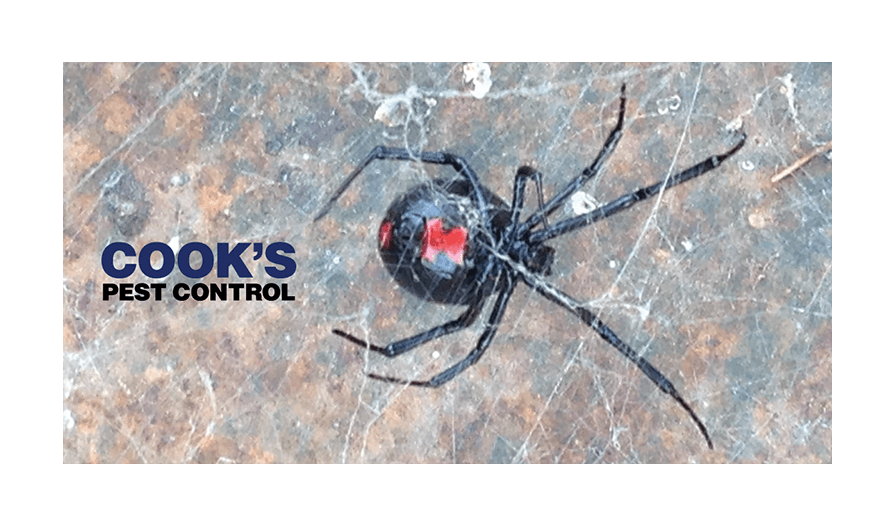Black Widow Spider

Beauty and Death in a Small, Jet-Black Package
Not all spiders are fast and hairy. Think of the black widow: a jet-black, slender-legged, sleek and shiny spider. It is one of the few spiders with venom potent enough to harm a human. This fact, coupled with early laboratory observations in which females ate the males after mating, has led the widow to symbolize death and the concept of femme fatale. The widow’s body shape, black color, and red hourglass marking make it among most recognizable of spiders.
The “widow” part of the name is somewhat true but also somewhat misleading. In the laboratory environment, female widows would consume the males after they mated, which gave rise to their morbid moniker. It was presumed that this behavior was commonplace and beneficial for the widow’s offspring, because the male would provide nutrition for the developing eggs. Under crowded laboratory conditions, it is thought that the males could not escape from the females after mating.1 This may not happen that often in the wild, but not because wild females are any kinder or discerning. Studies have shown that males can sense when a female has recently eaten and choose these times to mate. They also have more opportunities to flee when love interest turns to hunger.
Widows are sit-and-wait predators that utilize a web. They prefer to set up shop in dark, secluded areas. Back in the olden days, outhouses were prime places to find these spiders. Today, they are often found in wood and brick piles, garages, sheds, tree stumps, and old rodent burrows. They feed on any insect or spider that is unfortunate enough to become entangled in their web.
Birds are a major predator of most spiders. The red hourglass marking on the underside of widows is a warning to birds which advertises their venomous and dangerous nature. One might think that if birds can see the bright red warning, then insects could see it too and avoid becoming a widow’s next meal. While birds can readily see the color red, insects have a harder time seeing it – the color would be about 60% darker to an insect – and so widows are effectively hidden from potential prey while telling birds to back off.2
Widows have a potent neurotoxin in their venom, called latrotoxin, which is named after the widow group Latrodectus. Only the female spiders are dangerous to humans, as they have very large venom glands. Some widows “dry” bite and do not inject any venom at all. Some “wet” bite with small amounts of venom but cause nothing more than pain around the bite site. If substantial amounts of venom are injected, then the pain will increase within an hour after the bite and symptoms will develop. Pain, headache, vomiting, convulsions, and severe muscle cramps will come and go for several days or weeks. If antivenom is not administered, the pain can last for weeks to months. Death is very rare, and in the United States there have been no widow-related deaths for the last few decades.
Most widow bites are accidental, such as when a widow becomes trapped against a human hand. Widows are not aggressive. They prefer to run and hide or play dead when disturbed. They do not roam, but rather prefer to stay in one place, so avoiding widows is a simple task. When working around widow habitat, like when moving rocks or bricks that have been piled outside, wear leather work gloves to prevent any accidental bites. If possible, make changes to your property to discourage widows (i.e. remove areas of shelter, like wood and brick piles).
While widow venom is not likely to kill you, it is always a smart idea to seek medical attention in the event of a bite. The symptoms are unpleasant and medical care can reduce the duration of pain.
Reference:
1. Breene, R.G., and MH Sweet. 1985. Evidence of insemination of multiple females by the male black widow spider, Latrodectus mactans (Araneae, Theridiidae). Journal of Arachnology 13: 331-335.
2. Brandley, N.C., M Johnson, and S Johnson. 2016. Aposematic signals in North American black widows are more conspicuous to predators than to prey. Behavioral Ecology 27 (4): 1104-1112.
